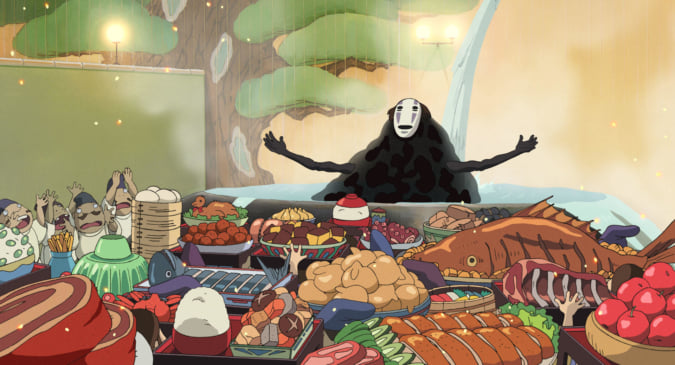Tadanori Yokoo, the ‘Japanese Andy Warhol’
Known for creating Pop art-inspired posters, the artist produced over 1000 pieces, which are compiled in 'Complete Book Designs.'
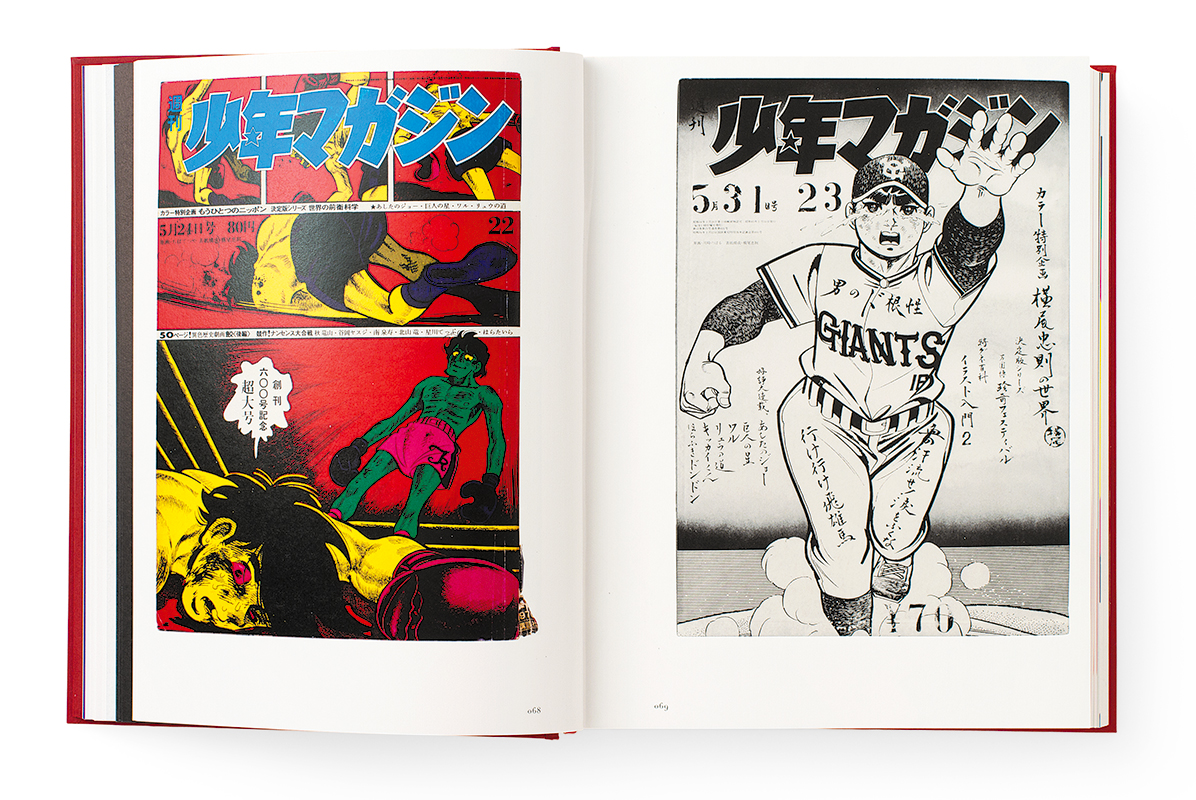
© Tadanori Yokoo
Tadanori Yokoo is considered as one of the pioneers of graphic design in Japan. He started out as a stage designer, but it his posters that won him recognition and success in both Japan and on the international stage.
Complete Book Designs, published by PIE Books in 2013, is the first compilation of the body of graphic art produced by the artist, born in 1936. It contains over 1000 posters and book covers created by Tadanori Yokoo between 1957 and 2012.
Daring presentation of social themes
These pieces are heavily influenced by Dadaism, Pop art (the artist is often nicknamed the Japanese Andy Warhol), and surrealism, but also traditional Japanese art like ukiyo-e. They address recurring themes like religion, war, sex, and women, presented in creations where fine art and commercial art combine, with extensive use of vibrant colours.
Barely ten years into his career, Tadanori Yokoo’s work entered MoMA for the exhibition Word & Image, before the museum dedicated a personal exhibition to him in 1972. Tadanori Yokoo collaborated with renowned designers like Issey Miyake but, from the 1990s onwards, devoted himself mainly to painting, a medium in which he would go on to depict personal memories and changes in post-war Japanese society.
Complete Book Designs (2013), a collection of Tadanori Yokoo’s work, is published by PIE Books. More information on the artist’s work on his official website.
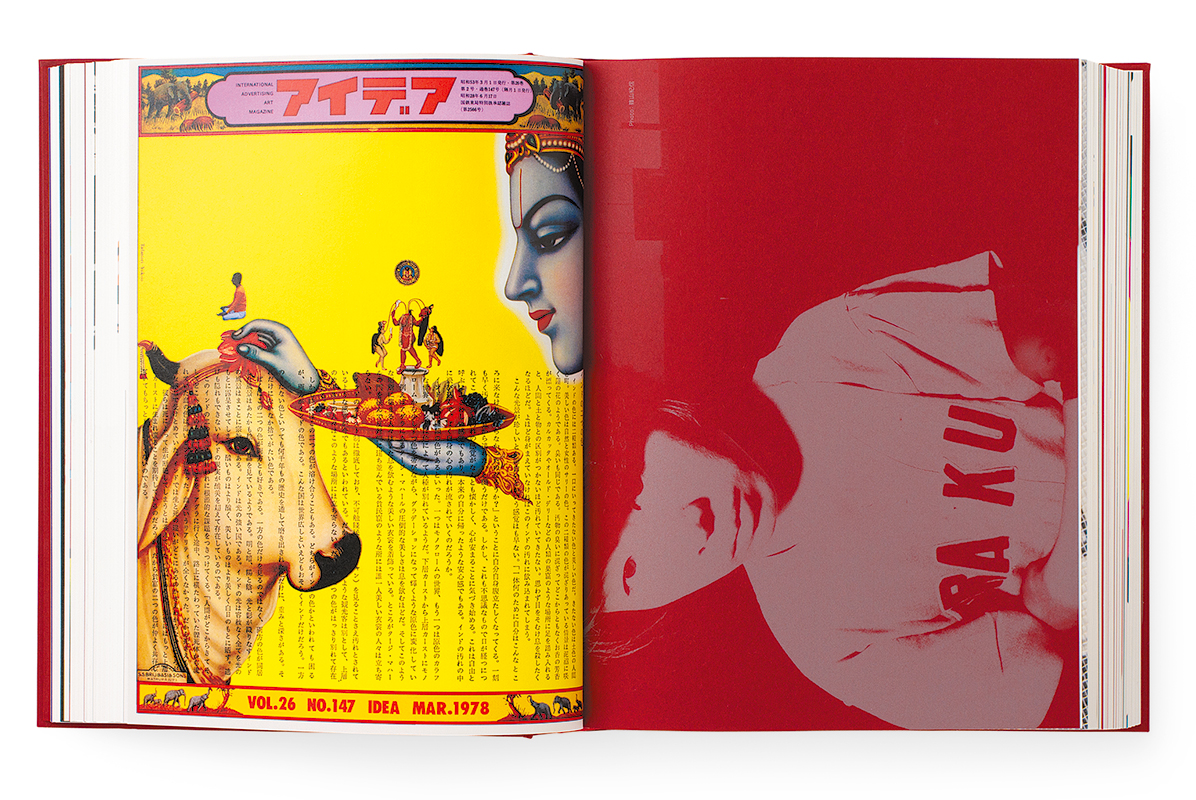
© Tadanori Yokoo
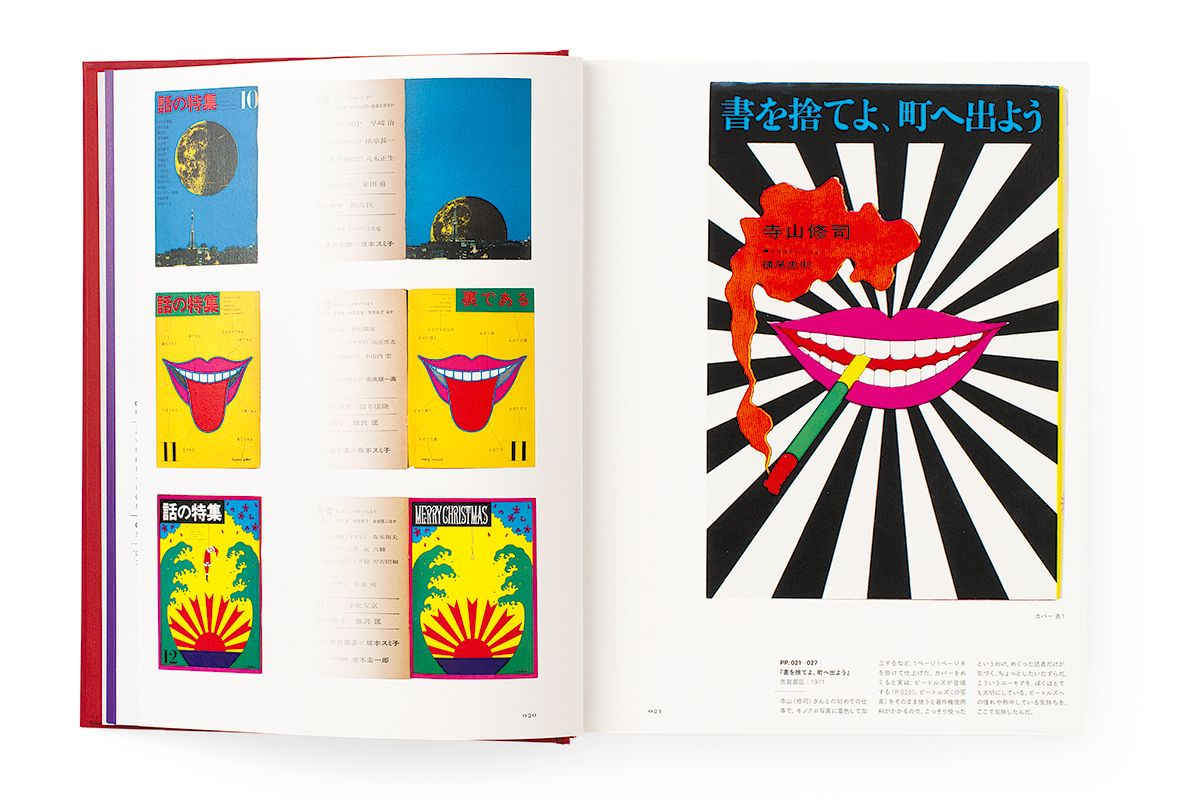
© Tadanori Yokoo
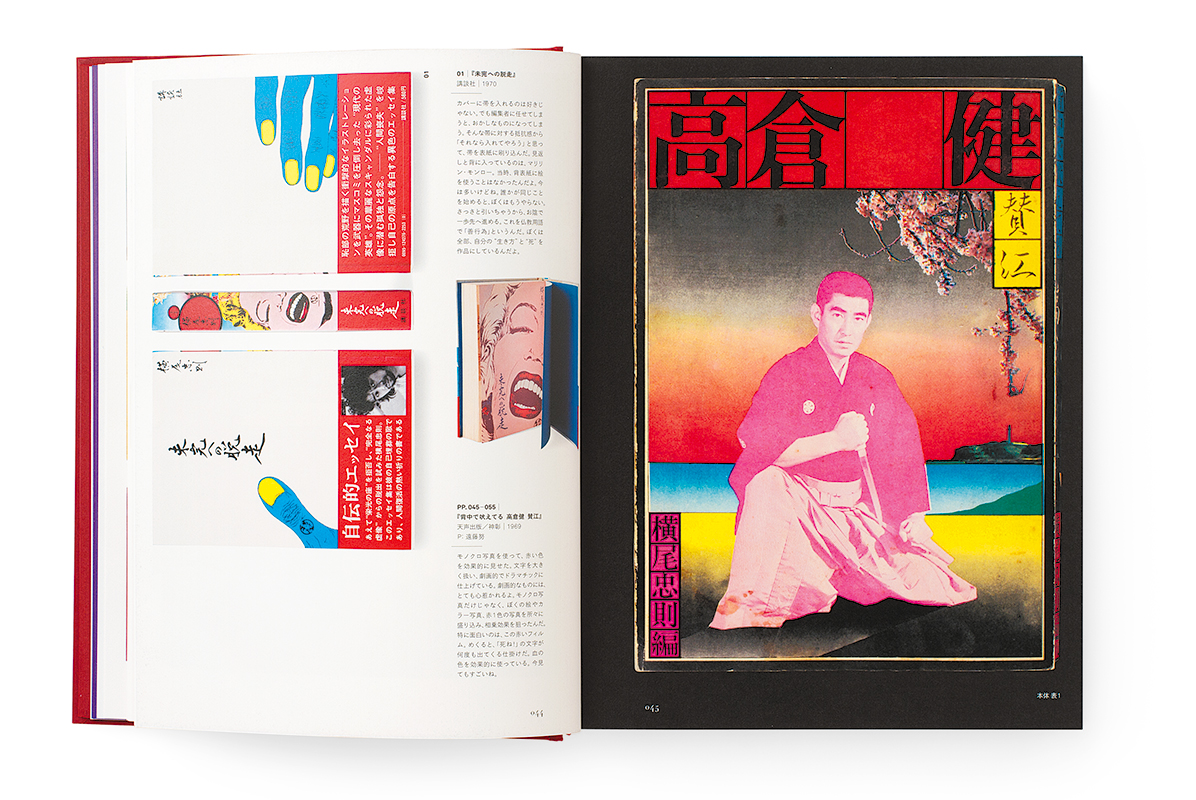
© Tadanori Yokoo
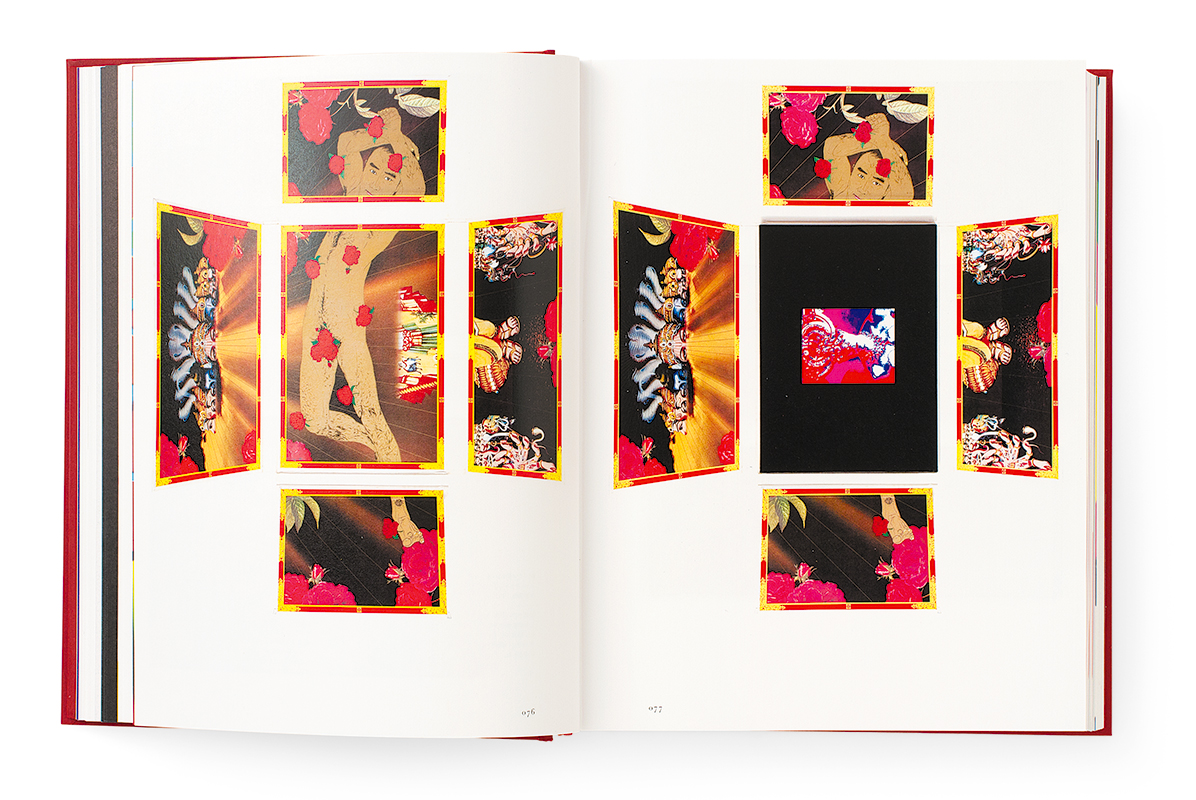
© Tadanori Yokoo
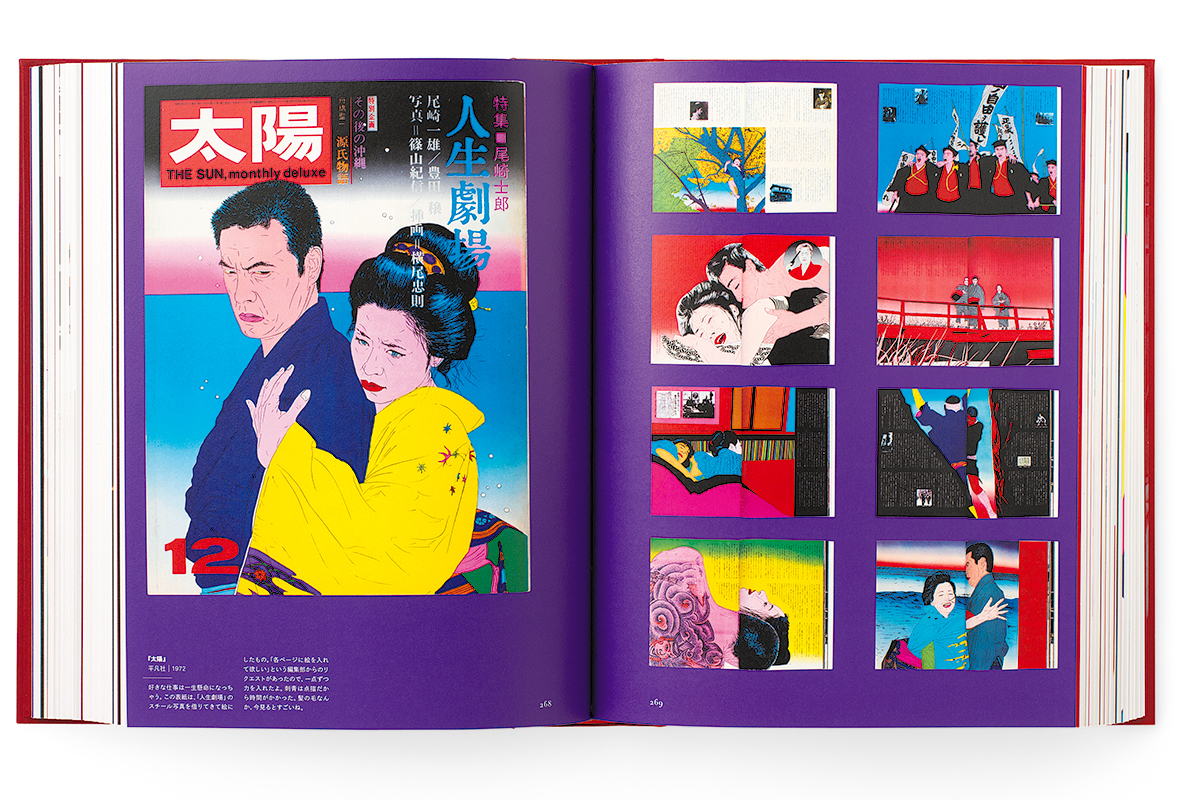
© Tadanori Yokoo
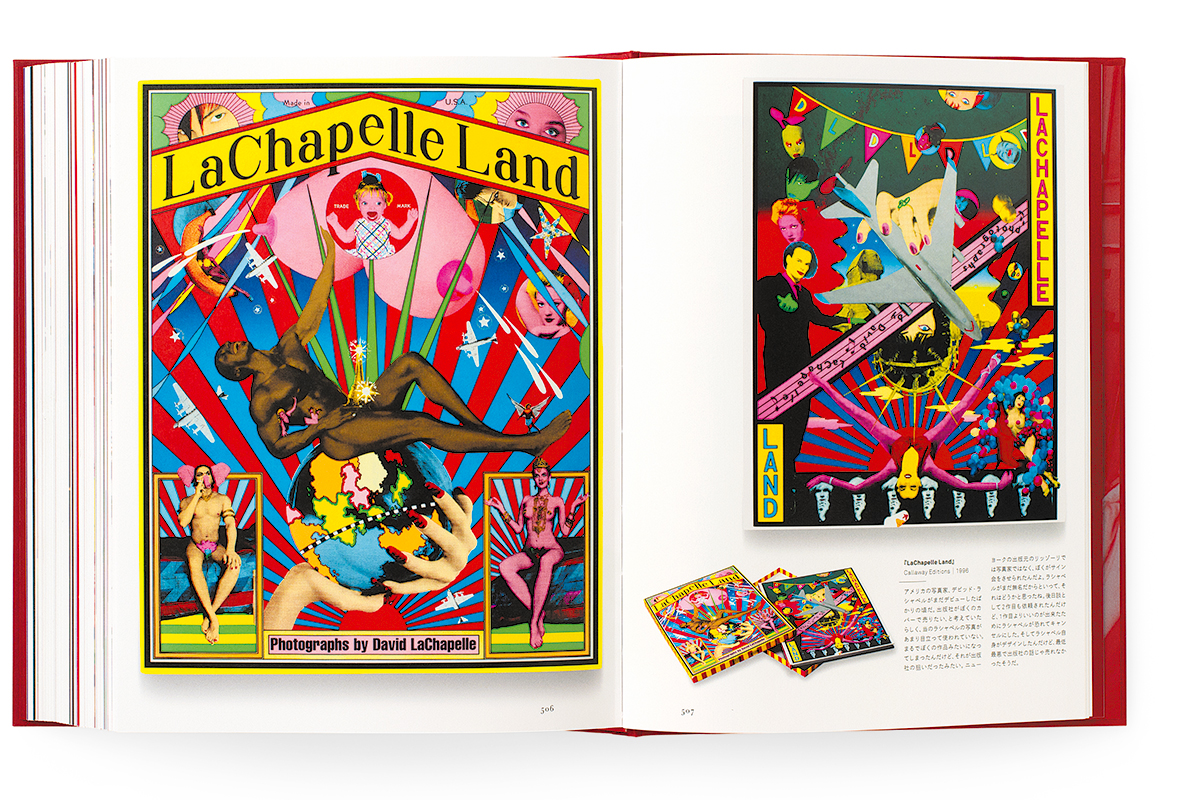
© Tadanori Yokoo

© Tadanori Yokoo
TRENDING
-
The Tattoos that Marked the Criminals of the Edo Period
Traditional tattoos were strong signifiers; murderers had head tattoos, while theft might result in an arm tattoo.

-
The Story of Sada Yacco, the Geisha who Bewitched Europe
Described by Dazed magazine as the first beauty influencer, she has been restored to her former glory since 2019.

-
Ito Jakuchu's Naturalist Paintings
From 15 September until 14 October 2018, the Petit Palais showcased the artist's iconic ‘Images of the Colourful Realm of Living Beings’.

-
Chiharu Shiota, Red Threads of the Soul
Last year, more than 660,000 people visited the retrospective 'Chiharu Shiota: The Soul Trembles' exhibit at the Mori Art Museum.

-
Studio Ghibli's Delicious Dishes Are More Than Just Details
Food, often inspired by the directors' favourite recipes, is a crucial element in the plot of these animated films.





